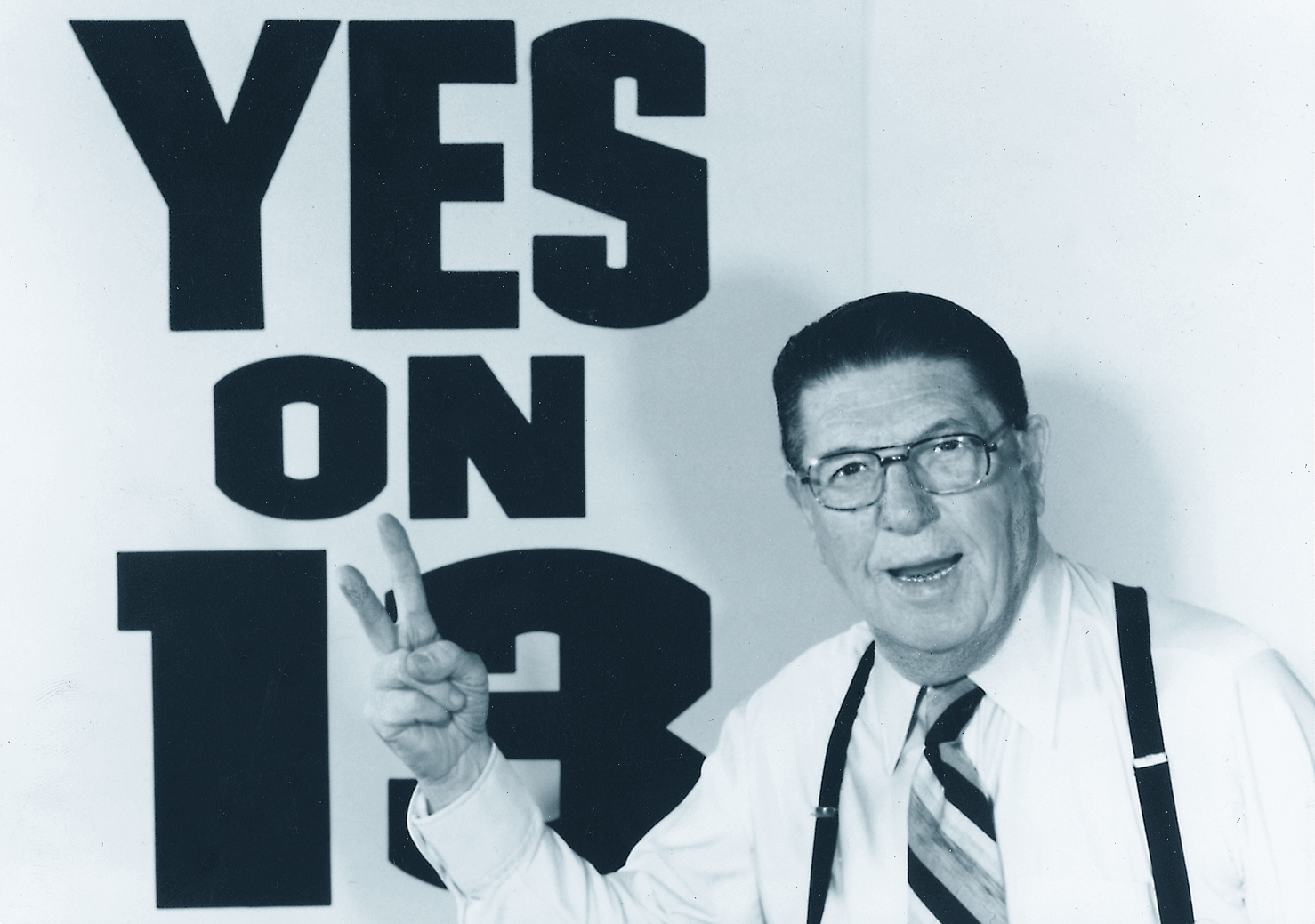Dear Maintenance Men
By Jerry L’Ecuyer & Frank Alvarez
Dear Maintenance Men:
We are getting bids for the driveway of an apartment house. Each contractor has his own opinion about the scope of work. It becomes confusing and difficult deciding which bid is the best.
Anne
Dear Anne,
“Apples and Oranges” bids are very common and not unique to the asphalt trade. Every contractor has different materials and suppliers which they are not only familiar with but experienced in the application. As with any profession, a diagnosis, procedure, product and cure may vary. This is why a second opinion is always encouraged or necessary. We too often consider the” three bid” rule as a tool to compare pricing and do not delve deeper into quality, workmanship, application, or other specification which can dramatically increase or decrease the costs related to our repairs.
It is best to develop a scope of work, with drawings which identify in detail the following, (this will ensure all other contractors are bidding on the same scope).
- Areas to be covered, replaced, repaired in square feet and outlined in site plan.
- Clearly identified type and quantity of asphalt mix, slurry, sealer. This is very important as most asphalt is recycled and diminishes in quality.
- Which equipment will be used to address repairs and distribution of materials (compaction and heavy rolling equipment is key).
- Communicate your long term or short-term expectations.
- Ask that the application warrants against “pooling or “ponding.”
- Look for proper compacted thickness according to load. (Example: 2.5 “of laid asphalt and then compacted 2” by roller.)
- Monitor all work being performed to ensure the contractor is adhering to the contracted specifications. (Ask that a supervisor is always onsite).
- Scrutinize the lowest bid very carefully.
- Require all other industry standard practices, insurance, contract language be in the agreement.
- Visit the www.cslb.gov for additional tips on how to protect yourself. (This website is for California. Google Contractors State License board for your state for similar information.)
Dear Maintenance Men:
I have a bathroom sink that drains slowly. I have already snaked the drain and found no stoppage. When I remove the pop-up assembly and have an open drain, water whooshes down with no problem. However, with the pop-up in place, water backs up into the sink and drains very slowly.
Paul
Dear Paul:
Most bathroom sinks have an overflow hole near the top edge of the sink. This hole serves two purposes; 1: Acts as a safety drain to keep the sink from overflowing should the water rise above a certain level in the sink. 2: The overflow hole also serves as an air vent for the sink when the water levels are above the pop-up plug. The overflow hole allows air to escape through the drain and the water to evacuate more efficiently.
What has happened is hair, toothpaste, grime etc. have built-up and sealed off the overflow drain where it exits just below the pop-up assembly plug. Most snakes are too big to go through the overflow drain. Alternatively, a speedometer cable will work great or even a long zip tie will work. Push the cable or zip tie down through the overflow hole at the top of the sink and push any gunk out into the drain. Use water to help push the debris out the overflow drain, a funnel works great to direct a good flow of water. If you cannot get the overflow to drain, disassemble the main drain assembly to gain access to the overflow drain exit. Once the overflow drain has good airflow, the sink should drain a bit faster. If this does not solve the problem completely, look at restricting the water flow coming out of the faucet. Use a restrictive aerator to cut down on the GPM of the faucet.
Dear Maintenance Men:
Our residents are complaining that the laundry room dryer is not drying the clothes in a timely manner. We checked the dryer and there is plenty of heat being generated. What do you think the issue is?
Sherri
Dear Sherri:
You are describing a classic clogged dryer exhaust hose or line. In a laundry room scenario, there are sometimes long exhaust tubes, and this tube will accumulate lint over the years. This will make the dryer’s exhaust very difficult to work efficiently. Luckily, this is a very easy DIY fix!
1: Go to a Home Depot or a Lowes Home Improvement Store and purchase a dryer duct cleaning kit. Most kits are good to clean about 12 feet of ductwork and extra lengths of rods are sometimes available if your ducts are longer.
2: If your dryer is easily accessible; pull the dryer away from the wall and remove the flexible tube from the dryer. Clean out all the lint that has accumulated just inside the dryer exhaust port.
3: This is a good time to replace the flexible tube between the dryer and the wall or hard exhaust tube.
4: Connect the brush that came with the vent cleaning kit with the first section of cleaning rod. (The cleaning kit comes with a number of cleaning rods and brush)
5: Connect the first section of the cleaning rod to a drill motor set on low. Push the brush into the exhaust tube in the wall or along the floor. Using the drill motor to turn the brush in a clockwise rotation. (If the dryer is difficult to access. Start the cleaning from the far end of the exhaust tube and work your way to the dryer.) Pro Tip: If the dryer is connected to the tube and you are starting the cleaning from the outside going in; turn on the dryer on Air dry. The air pressure will help push the lint out the tube as you clean the tube with the brush.)
6: Continuing with the clockwise rotation; pull the brush out and clean off the accumulated lint. Attached a second rod to the first one. (Again, only turn the drill motor in a clockwise rotation at all times. If you reverse the rotation, the rods could come loose in the exhaust tube.)
7: Keep adding rods until the brush comes out the other side or end of the exhaust tube. Extra rods can be purchased or attack the exhaust tube from both ends if you don’t have quite enough rods.
8: Reconnect the dryer flex hose to the exhaust tube. Turn on the dryer to Air Dry and allow the force of the air to push out any remaining lint and dust.
The Dryer Vent Tube should be cleaned once a year. A cogged tube is both a fire hazard and a waste of expensive power.
WE NEED Maintenance Questions!!! If you would like to see your maintenance question in the “Dear Maintenance Men:” column, please send in your questions to: DearMaintenanceMen@gmail.com
Bio:
If you need maintenance work or consultation for your building or project, please feel free to contact us. We are available throughout Southern California. For an appointment, please call Buffalo Maintenance, Inc. at 714 956-8371
Frank Alvarez is licensed contractor and the Operations Director and co-owner of Buffalo Maintenance, Inc. He has been involved with apartment maintenance & construction for over 30 years. Frankie is President of the Apartment Association of Orange County and a lecturer, educational instructor and Chair of the Education Committee of the AAOC. He is also Chairman of the Product Service Counsel. Frank can be reached at (714) 956-8371 Frankie@BuffaloMaintenance.com For more info please go to: www.BuffaloMaintenance.com
Jerry L’Ecuyer is a real estate broker. He is currently a Director Emeritus and Past President of the Apartment Association of Orange County and past Chairman of the association’s Education Committee. Jerry has been involved with apartments as a professional since 1988.








